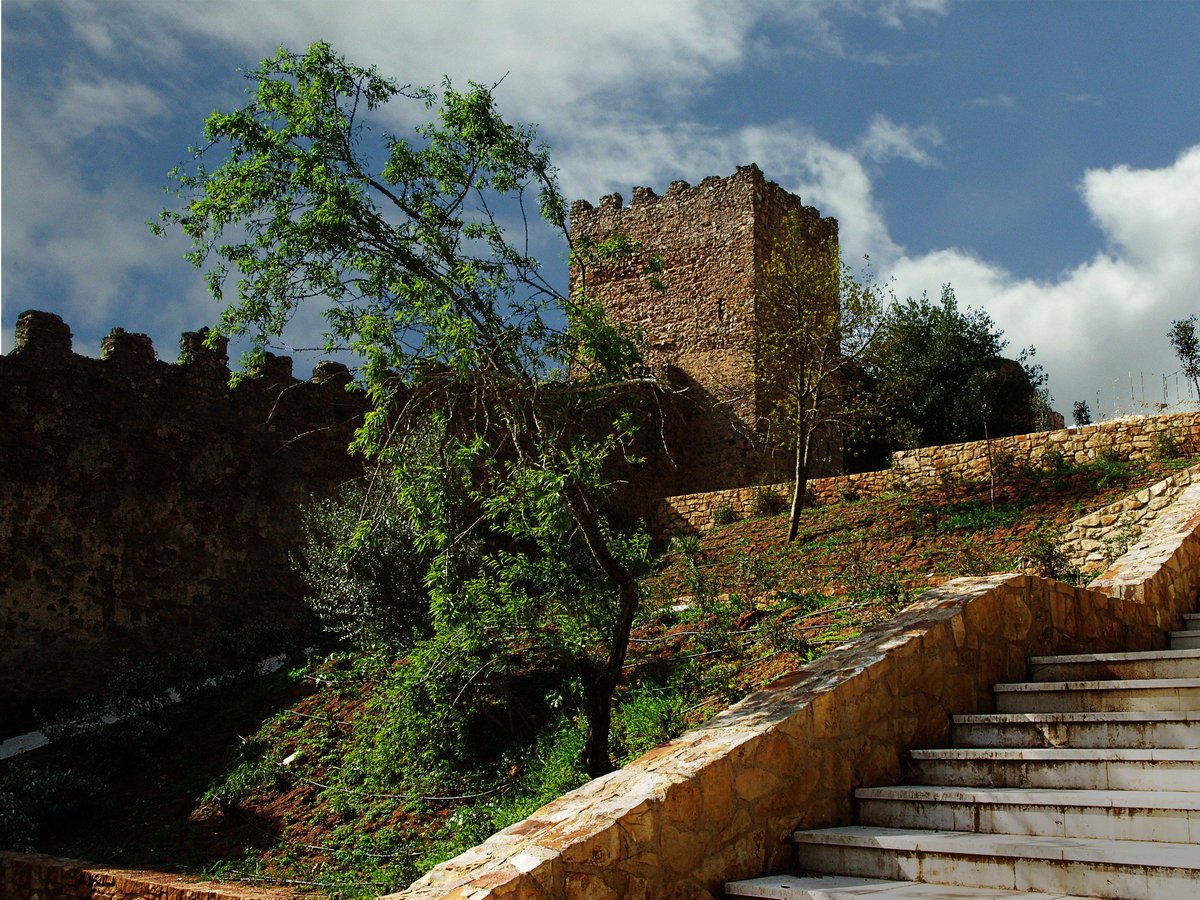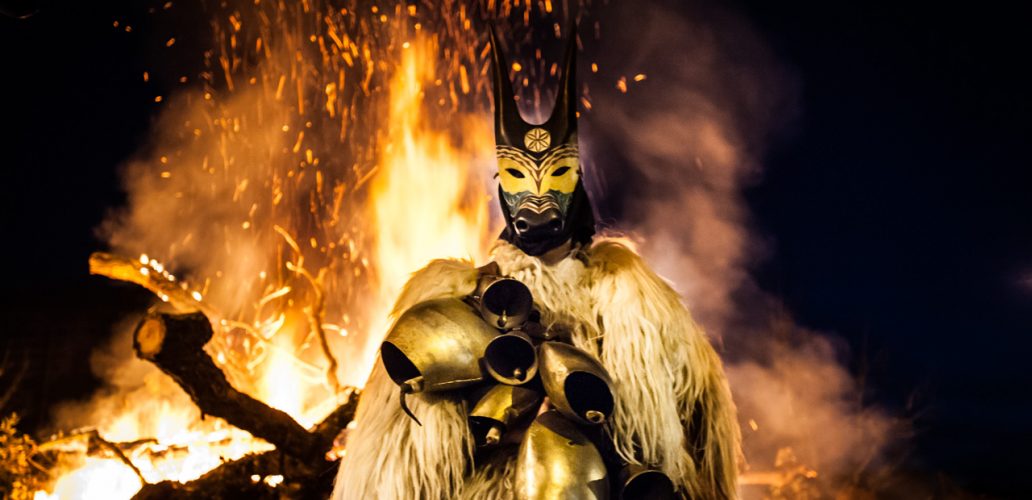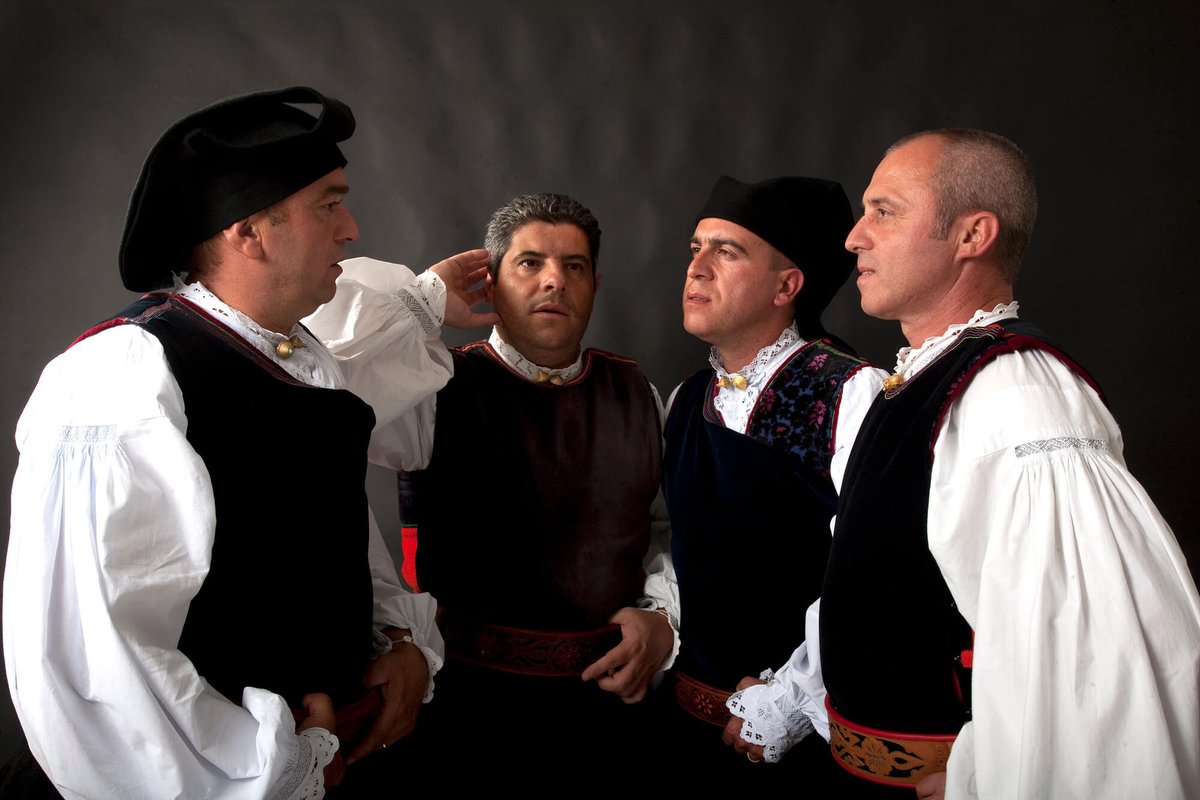
**BREVE di Villa di Chiesa**
Thread about the medieval codex of the town of Villa di Chiesa, famous for its details about mining work.
📸 A page of the fourth book of the codex
Thread about the medieval codex of the town of Villa di Chiesa, famous for its details about mining work.
📸 A page of the fourth book of the codex

Villa di Chiesa (today's Iglesias) first appeared in records in 1272, but it is likely it existed as a town since some time earlier. The Iglesiente is famous for its mines of silver which have been exploited since the Nuragic times.
After the dissolution of the Judicate-
After the dissolution of the Judicate-

-of Calari, Villa passed into the hands of the Count Ugolino of the Gherardesca of Donoratico (a Pisan noble family), who built the (now) cathedral in 1284 and the enclosing walls. It later fell directly into the hands of the Commune of Pisa and it's been the first town to be- 

-conquered by the Catalan-Aragonese.
Already since the Pisan times, Villa di Chiesa had its codex, the Breve, which is written in Pisan vulgar and passed almost unchanged to the Aragonese period. The Breve was continuously redacted and rewritten (by the Breviaiuoli) and the-
Already since the Pisan times, Villa di Chiesa had its codex, the Breve, which is written in Pisan vulgar and passed almost unchanged to the Aragonese period. The Breve was continuously redacted and rewritten (by the Breviaiuoli) and the-

-version we have today is of 1327. The inhabitants cared so much about it that they saved it from the fire of the town of 1354, during the rebellion against the Catalans, when most of the archive was burned.
The Breve is a rather long book, counting ~300 pages-
The Breve is a rather long book, counting ~300 pages-
-in our modern standard of A3 documents. It was written exclusively on parchment made of sheepskin and was collected into a leather cover only in the 18th century. It follows the models of Pisan codices and it's written in black and red ink, with several notes at the sides. 

It is divided in 4 books, marked by the number of red squares on top of each page.
The first book covers the juridical constitution of the town. There was a rector (or captain) with his officials; there was a council whose election is thoroughly described. The captain couldn't-
The first book covers the juridical constitution of the town. There was a rector (or captain) with his officials; there was a council whose election is thoroughly described. The captain couldn't-
-have any blood relationship with the inhabitants and couldn't marry any woman of the town during his period of administration (1 year). The members of the council couldn't be relatives to the ones who were leaving the charge, and who were the ones electing them.
There is also a detailed description of the festivity of Sancta Maria of Mezo of Gosto (15th of August), with the celebration of the Candelieri.
The Breve had to be read entirely to the inhabitants within 15 days of the election of the captain.
The Breve had to be read entirely to the inhabitants within 15 days of the election of the captain.
https://twitter.com/DrWatson_writer/status/1426861868329705473?t=D7uf42leRX4XOOkpockwEw&s=19
The second book covers the criminal law. We know it was forbidden to bring weapons in the town. The capital sentence was usually beheading and women would get lighter sentences and fines with respect to men (that's because it was thought women had less self-control). Rape was-
-punished with the capital death, just like murder and commission of murder. Other grave things were playing dice, throwing dead animals in the fountains and selling wines at the mines. Also, there was a bench for fishermen to sell their fish 🤷🏻♀️
By the way, it was specified to cut the head "so that they die", because you never know.
Only Jews and lepers couldn't stay in the town. Everyone else was welcome (unless accused of treason), and all the ones who were born within the Villa were free people, even if they were -
Only Jews and lepers couldn't stay in the town. Everyone else was welcome (unless accused of treason), and all the ones who were born within the Villa were free people, even if they were -
-children of servants.
Torture could be applied only when captain and judge agreed, could not be overused and couldn't be used on pregnant women. If someone died under torture, the captain would have suffered the same torture.
Torture could be applied only when captain and judge agreed, could not be overused and couldn't be used on pregnant women. If someone died under torture, the captain would have suffered the same torture.
The third book regards administrative rules, while the most important is the fourth, covering the work in the mines. It is the most detailed description of a medieval job in Europe.
Miners worked from Monday to Friday at midday. If the mine was close, they could come back home-
Miners worked from Monday to Friday at midday. If the mine was close, they could come back home-
-otherwise, they would have spent the week away, but anyway they couldn't bring the pickaxes within the town. From age 17, boys could work in the mines, separating the rock containing silver from the waste. Mines were simple holes on the ground where miners climbed down with-
-ropes. That's why they were called lavoratori di fosse (pits workers, literally). The silver was then loaded in carts dragged by donkeys and taken to the ovens to melt the metal away. Those who managed these carts were called molentari.
The work of the miners was checked each-
The work of the miners was checked each-
-week by the Maestro del Monte (master of the mountains, where 'mountains' means mines), who was elected among the most expert miners with several years of residence in the town.
The mine could be owned by the same workers or they could work for someone else. If a mine was left-
The mine could be owned by the same workers or they could work for someone else. If a mine was left-
-by itself, it could be automatically reacquired by someone else.
The silver could never be traded privately inside the town. All the silver had to pass through the control check of the offices which weighed it and checked the quality.
Villa di Chiesa had its own mint-
The silver could never be traded privately inside the town. All the silver had to pass through the control check of the offices which weighed it and checked the quality.
Villa di Chiesa had its own mint-
-in which the Catalan coin was produced, the alfonsino, named after the Infante Alfonso who started the production after he conquered the town, following 7 months of siege in 1324. 

Here are some of my annotations that I posted while reading the codex, some time back:
https://twitter.com/DrWatson_writer/status/1190755055709904896?t=08ECNEMIthcL88Bn8TKkpg&s=19
• • •
Missing some Tweet in this thread? You can try to
force a refresh
















